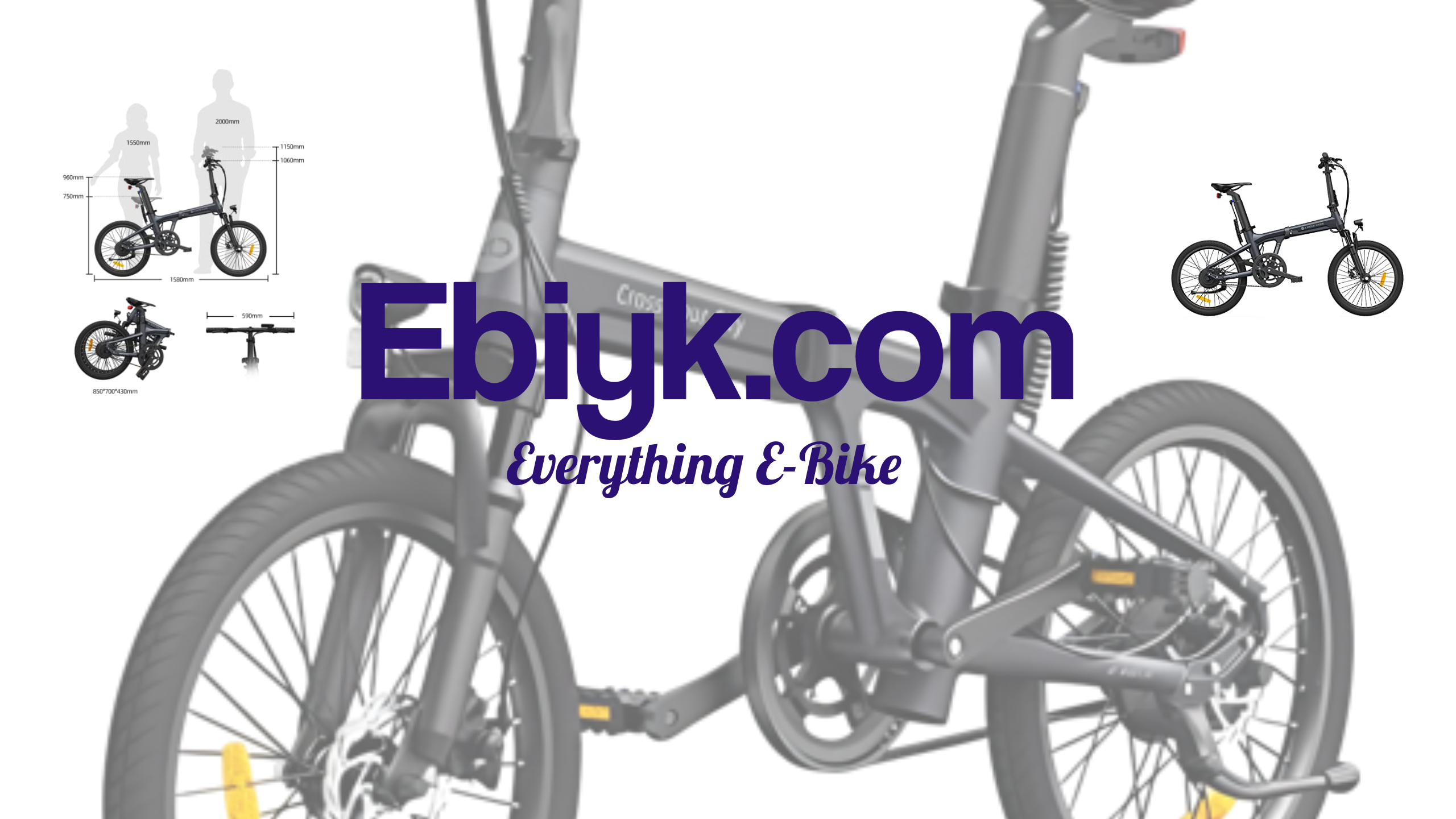Understanding the Regulations: Electric Bike Speed Limits Explained
Electric bikes can be a fun and convenient way to get around town, but it’s important to understand the regulations surrounding their use. One of the most important regulations to know is the speed limit on electric bikes.
The speed limit for electric bikes varies depending on where you live and what type of electric bike you are riding. In the United States, electric bikes are divided into three categories: Class 1, Class 2, and Class 3. Each class has its own set of regulations, including speed limits.
Class 1 Electric Bikes
Class 1 electric bikes are equipped with a motor that provides assistance only when the rider is pedaling, and the motor stops when the bike reaches 20 miles per hour. This means that the maximum speed for Class 1 electric bikes is 20 miles per hour.
Class 2 Electric Bikes
Class 2 electric bikes are equipped with a motor that can be used to propel the bike without pedaling, up to a speed of 20 miles per hour. However, the motor must also stop when the rider stops pedaling. This means that the maximum speed for Class 2 electric bikes is also 20 miles per hour.
Class 3 Electric Bikes
Class 3 electric bikes are equipped with a motor that provides assistance only when the rider is pedaling, and the motor stops when the bike reaches 28 miles per hour. This means that the maximum speed for Class 3 electric bikes is 28 miles per hour.
It’s important to note that these speed limits are for electric bikes only. Traditional, non-electric bikes have no speed limit and can go as fast as the rider is able to pedal.
It’s also important to check your local regulations, as some states and cities may have their own speed limits for electric bikes. For example, in New York City, the maximum speed for electric bikes is 25 miles per hour, regardless of the bike’s class.
Overall, understanding the regulations surrounding electric bike speed limits is important for both safety and legal reasons. By knowing the rules, you can ensure that you are riding your electric bike in a safe and legal manner.
The Importance of Knowing the Maximum Speed of Your Electric Bike
When it comes to riding an electric bike, it's important to have an understanding of the maximum speed that it can attain. This is not only for safety purposes, but also to ensure you don't get into any legal trouble while using your bike.
In most countries, electric bikes are limited to a certain speed limit. In the United States, the speed limit for electric bikes is set at 20 mph. This means that any electric bike that is capable of attaining speeds higher than that is not considered a bicycle, but rather a motorized vehicle that requires registration, licensing, and insurance.
Knowing the maximum speed of your electric bike is important to ensure that you're not breaking any laws or causing harm to yourself or others. It's easy to get carried away in the excitement of riding and forget that you're not riding a motorcycle. With that in mind, it's always a good idea to wear a helmet and other protective gear when riding.
Another reason to know the maximum speed of your electric bike is to ensure you purchase one that suits your needs. If you're someone who needs to travel long distances quickly, then you'll need a bike that can reach higher speeds. On the other hand, if you're someone who just needs a bike to run errands in your local neighborhood, then a bike with a lower maximum speed will suffice.
In conclusion, knowing the maximum speed of your electric bike is crucial for your safety, legal compliance and choosing the right type of bike for your needs. Make sure you do your research and understand the regulations in your area before investing in an electric bike.
Legal Ramifications of Exceeding the Speed Limits on Electric Bikes
It is important to understand that electric bikes are subject to the same traffic laws and regulations as traditional bicycles. This includes speed limits, which vary depending on the location. In most areas, the maximum speed limit for electric bikes is 20 mph. Exceeding this speed limit can lead to legal ramifications.
If you are caught exceeding the speed limit on an electric bike, you could be issued a citation or fined. In some cases, you may even face criminal charges. Depending on the severity of the infraction, you could be facing a hefty fine, points on your license, or even jail time.
In addition to legal consequences, exceeding the speed limit on an electric bike can also have serious safety implications. Electric bikes are not designed to travel at high speeds, and doing so can increase the risk of accidents and injuries. It is essential to follow speed limits and ride responsibly to ensure your safety and the safety of others on the road.
Moreover, it is important to note that even if your electric bike can travel at speeds exceeding the maximum limit, it is not legal to modify it to go faster. Doing so can result in legal penalties, fines, and safety hazards.
Therefore, it is crucial to adhere to the speed limits set by your local jurisdiction and ensure that your electric bike does not exceed them. Doing so can help you avoid legal penalties and protect your safety on the road.
